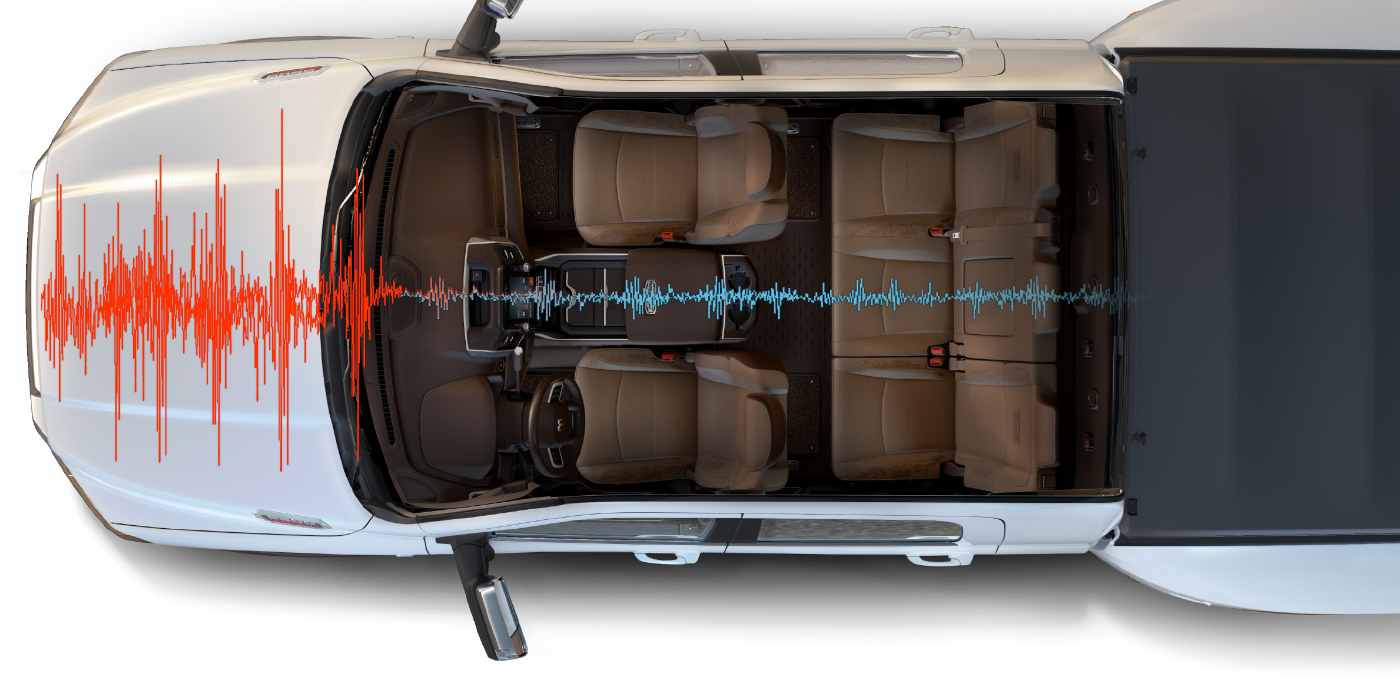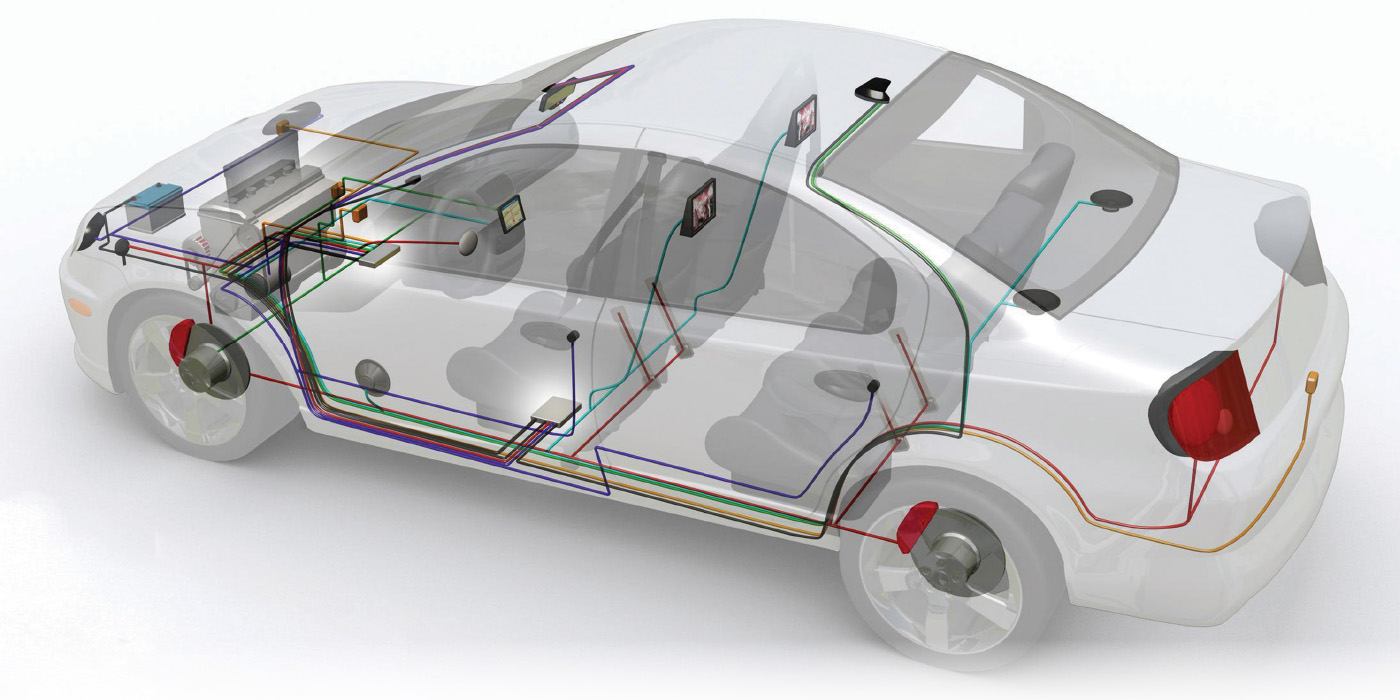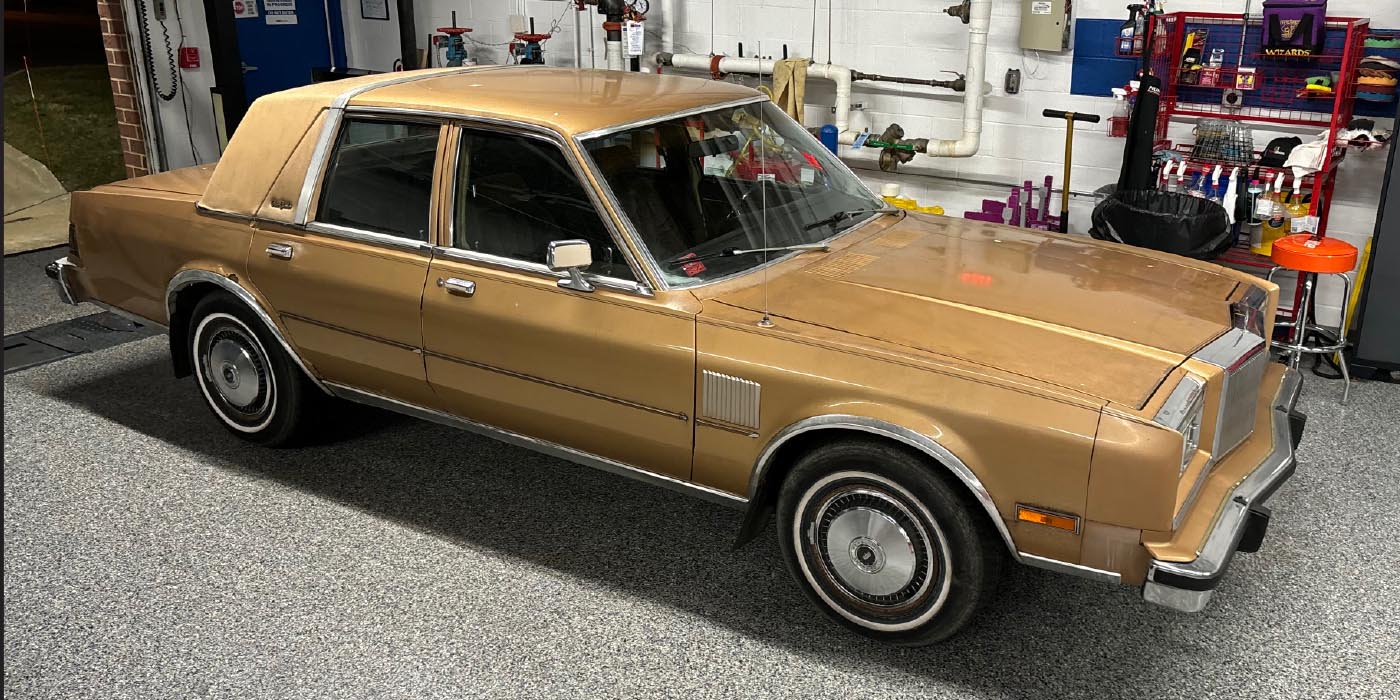While much of the business news you hear reports on a sluggish economy, there are bright spots for automotive repair shops.
According to Lang Marketing’s Aftermarket Insight, annual miles driven by cars and light trucks didn’t grow much last year (an increase of less than 0.8%), however, light vehicle 2010 aftermarket product volume soared 3.2%.
While the small increase in 2010 vehicle total mileage would seem to be negative for aftermarket product expansion, the changing nature and mix of vehicles in operation, as well as changing driving habits of Americans, are causing more vehicle wear per mile driven today than in the past. As a result, 2010 light vehicle product sales climbed four times faster than annual mileage.
According to Lang’s research, driving habits by Americans today is different than 10 years ago, as are the average age and typical engine size of the vehicles they operate. Americans are increasingly engaged in stop-and-go driving, rather than highway travel. Urban driving accounted for nearly two-thirds of 2010 mileage in the U.S.
This reflects increased vehicle use by Americans in commuting to and from employment. Today, more than 90% of commuter vehicles carry only the driver. Over the past 10 years, commuter mileage (increasingly stop-and-go driving) climbed at a much faster pace than total driving.
Stop-and-go driving results in greater vehicle wear per mile than highway travel for a wide variety of automotive components. For example, engine idling (as vehicles are snarled in traffic) causes engine wear, even though the odometer is not turning.
Stop-and-go driving also contributes to higher engine temperatures and results in significantly greater brake wear per mile traveled than highway driving.
Lang’s research also showed that over the past 10 years, the average age of light vehicles on U.S. roads increased by nearly two years. Domestic cars, in particular, climbed dramatically in average age. At the beginning of 2011, the average domestic car in the U.S. was 12.6 years old compared to 10.5 years in 2001, Lang said.
As the average age of vehicles on U.S. roads increases, and the number of older and high-mileage vehicles grows, driving these cars and light trucks results in greater wear per mile traveled than mileage on newer vehicles.
In 2010, the average light vehicle in the U.S. had an odometer reading topping 105,000 miles. This underscores the greater potential for mechanical wear that increased stop-and-go driving presents for today’s rapidly aging vehicles.
Smaller engines in the average light vehicle today operate at higher RPM levels than the larger powerplants typical of cars and light trucks 10 years ago. Smaller, harder-working engines in older vehicles mean that today’s car and light truck mileage often results in greater mechanical wear per mile traveled than in the past.
Lang reports these main factors — urban stop-and-go driving, an aging light vehicle population and smaller, harder-working engines — all indicate that vehicle wear per mile traveled by today’s vehicle fleet can be significantly greater than wear per vehicle mile five or 10 years ago. And, this underscores the fact that proper vehicle maintenance is more important today than ever before.
For more information, visit www.aftermarketinsight.com.




